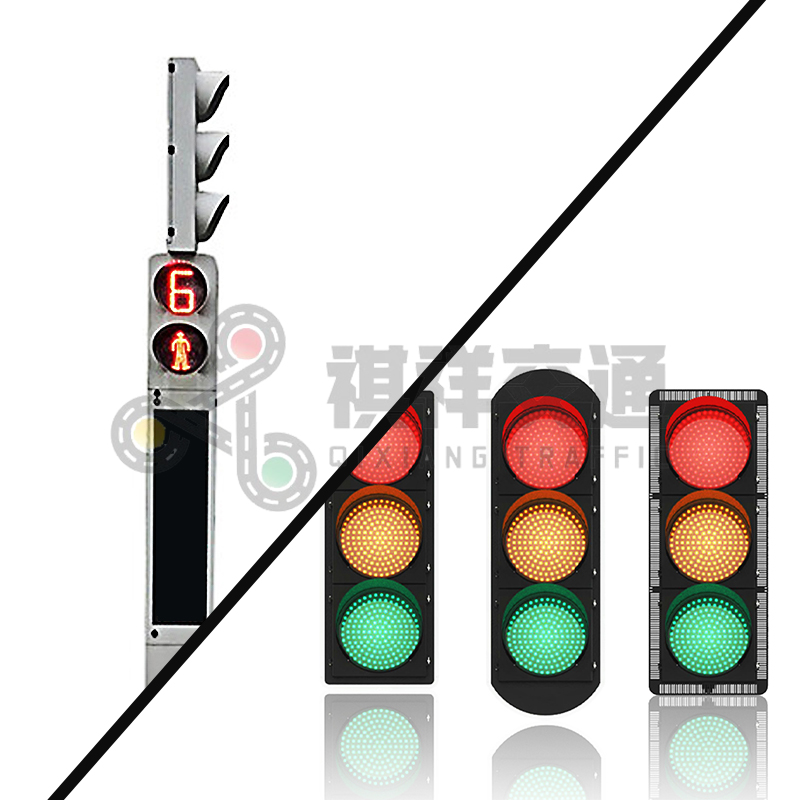Traffic lights and pedestrian lights play a vital role in maintaining order and safety for drivers and pedestrians when driving on the streets. However, many people are not fully aware of the differences between these two types of lights. In this article, we’ll take a closer look at the differences between pedestrian lights and traffic lights and explore their respective functions and uses.
First, let’s define what each type of light is. Traffic lights are signals located at road intersections or crosswalks, usually consisting of a system of colored lights (usually red, yellow, and green), used to direct the flow of traffic. Pedestrian lights, on the other hand, are signals specifically designed to regulate pedestrian activity at a designated intersection or intersection.
One of the main differences between pedestrian lights and traffic lights is their primary target audience. Traffic lights are primarily used to control traffic flow, while pedestrian lights are specifically designed for safety and regulating the movement of pedestrians. This means that each type of light serves a different purpose and has different features to suit the needs of their respective users.
Functionally, traffic lights typically have a more complex system of lights and signals, including red, yellow and green lights, and possibly additional signals such as turning lane arrows. The comprehensive system is designed to effectively manage and direct the flow of different types of vehicles at intersections. In contrast, pedestrian signals typically have a simpler layout, with a “walk” signal and a “no walk” signal to indicate when it is safe for pedestrians to cross the street.
Another major difference is how these lights are activated. Traffic lights are often programmed to change automatically based on preset times or in response to sensors that detect the presence of vehicles at intersections. In addition, some traffic lights are equipped with vehicle detection cameras to ensure that the lights change based on actual traffic conditions. In contrast, pedestrian lights are typically activated by a push-button system, allowing pedestrians to signal to cross the street. This ensures that pedestrian lights are only activated when pedestrians are present and need to cross the intersection.
Additionally, the physical location of these lights is also different. Traffic lights are usually mounted at a height that is easily visible to drivers approaching an intersection, usually on a pole above the road. In contrast, pedestrian lights are mounted at a lower height, often on utility poles or directly on crosswalk signals, to ensure they are easy for pedestrians to see and use.
It is important to note that although both types of signals serve different purposes, they are interrelated and work together to ensure the safety and efficiency of traffic flow in urban areas. For example, at many intersections, traffic lights and pedestrian lights are synchronized to ensure vehicles and pedestrians move safely and efficiently. This coordination is crucial to avoid conflicts between pedestrians and vehicles and ensure smooth flow of traffic.
In summary, while traffic lights and pedestrian signals may seem similar at first glance, they serve different purposes and have unique features that meet the needs of their respective users. Understanding the differences between these two types of lights is important for both drivers and pedestrians because it allows everyone to navigate the streets safely and efficiently. By understanding the functions and characteristics of traffic and pedestrian lights, we can all contribute to creating a safer, more organized urban environment for everyone.
If you are interested in pedestrian lights, welcome to contact traffic light supplier Qixiang to get a quote.
Post time: Mar-08-2024







